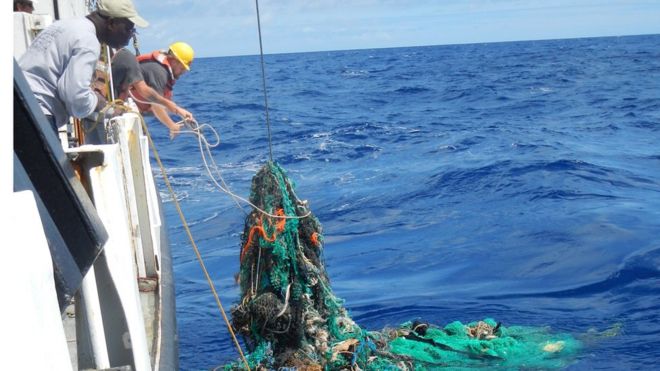Life is better than ever, so why does everybody seem to be unhappy? As regular reader of this column, you surely remember this topic which I already raised several times.
Whenever I hear people saying that things turned so bad nowadays, I think of my late LOLA, born in 1899 (!) into a really awful world in Germany and its surroundings. Also the so-called "Golden Twenties" between two World Wars have been everything but golden for her and my former relatives. Lola never complained, even during the sorrowful times in the former East German, the "German Democratic Republic". Lola reached the ripe old age of almost 86.
We hardly count our blessings. We enjoy counting our crosses. Instead of gains, we count our losses. We don't have to do all that counting - computers do it for us. Information is easily had.
Facebook to and fro, back and forth, there and back - how many posts and comments have been posted already with sadness, loneliness, boredom strikes, problems, worries ... .
Just remember this: Opportunity doesn't just knock - it jiggles the door-knob. and "your social media online-friend" - the worrier, is with you day and night, at every corner, following your every step. Complaining and grumbling are good excuses, right?
Is social media bad for us? Three billion people, around 40% of the world’s population, use online social media – and we’re spending an average of two hours every day sharing, liking, tweeting and updating on these platforms, according to some reports. That breaks down to around half a million tweets and Snapchat photos shared every minute. Stress, mood, anxiety, depression, sleep (or better non-sleep), self-esteem - Overall, social media’s effects on well-being are ambiguous, according to a paper written last year by researchers from the Netherlands. However, they suggested there is clearer evidence for the impact on one group of people: social media has a more negative effect on the well-being of those who are more socially isolated.
Imagine, we have time and opportunities to do almost anything. So why haven't we done it? We have the freedom of bondage or restraint, every one of us in his or her very special unique way - but, we're still our old inferior selves.
The job is boring. I don't get a good job. The house is an un-pleasend mixture of tidy and dirty things. It's a mess. I'm not in the mood to arrange my garden. I can't afford a gardener. That's life. How sad. No, it's not my fault; or course not.
The whole world is an awful place filled with dreadful and horrible negativism. Yes, I confess, I'm also surrounded by many worriers who put their fears into me. Politicians, i.e., many times love to search for some grave alarm that will cause individuals to abandon their sperate concerns and act im concert, so that politicians can wield the baton. Calls to fatal struggles and fights are forever being sounded.
The over-bearing person, who tyrannizes the weak, who wants to domineer and to bluster, is simply nothing else than a worrier, who claims to be a friend. But he isn't. Really not! The bullying of fellow citizens by means of dread and fright has been going on since Paleolithic times. The night wolf is eating the moon. Give me silver and I'll make him spit out.
Well, when will we start counting our courage and not our fears, or enjoy instead of our woe? Worrying itself is pointless.Of course, no society has achieved perfectly rules of law, never-ending education or unique responsible governments. Let's seek out the worries but avoid the worriers, because they try to avoid liberty.
If you are still worrying right now about something, try to read Jeremiah 29:10-14 or Revelation 21:1-8, just to mention these two. It works.













